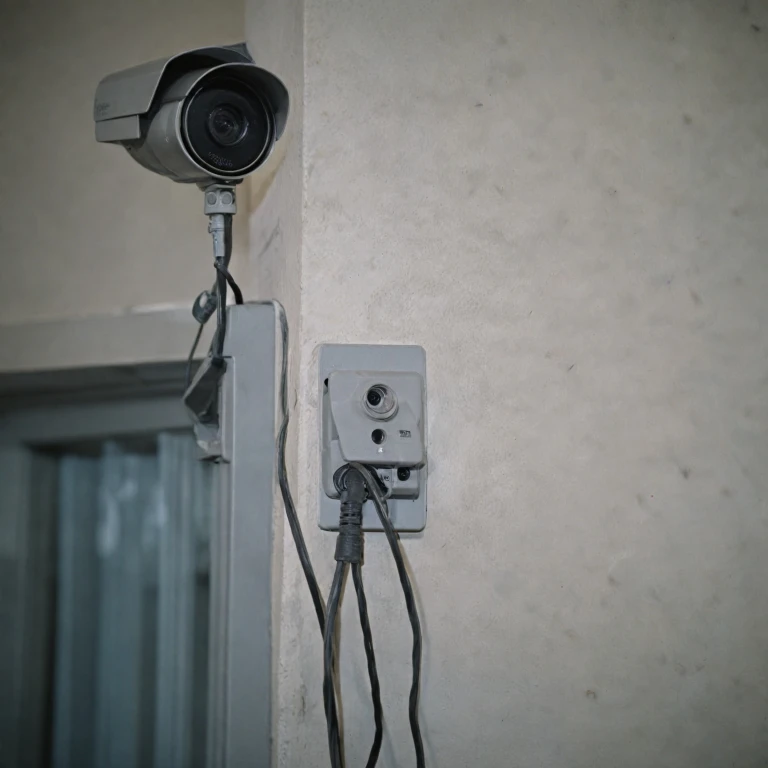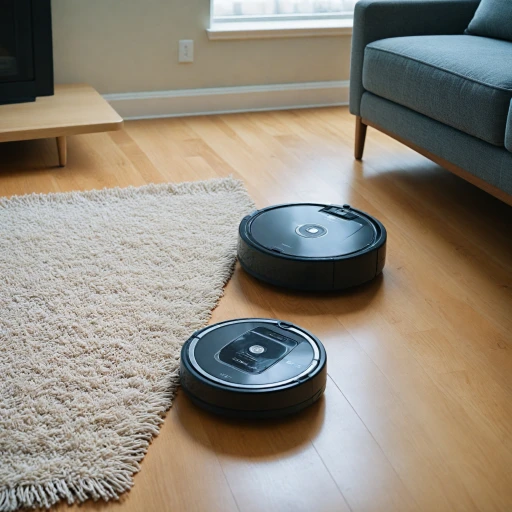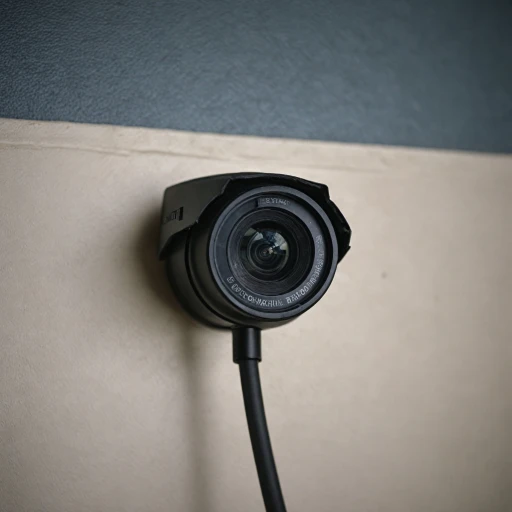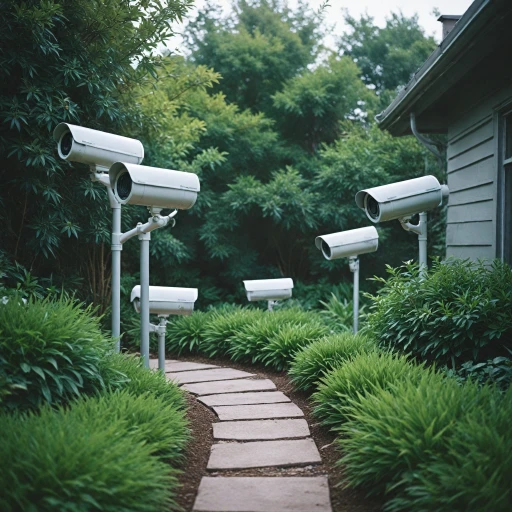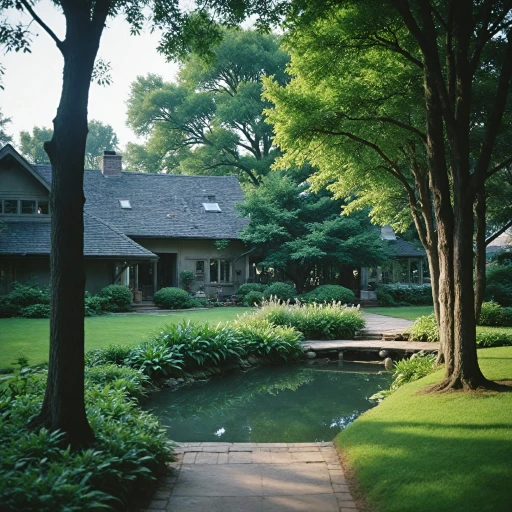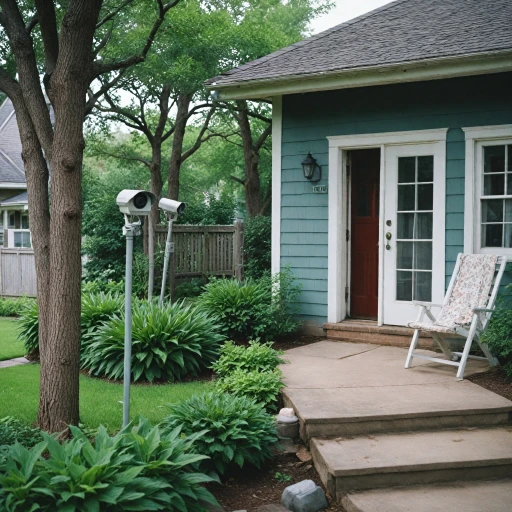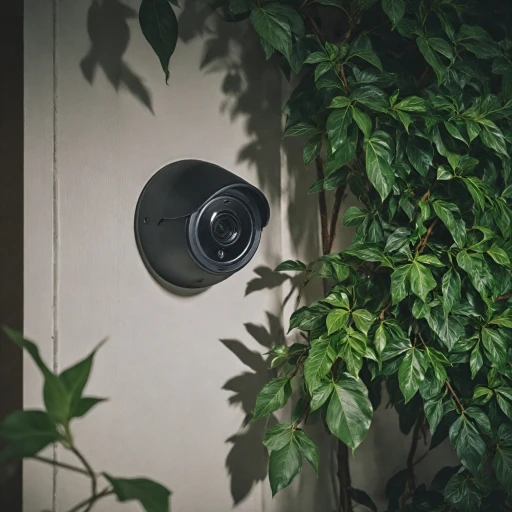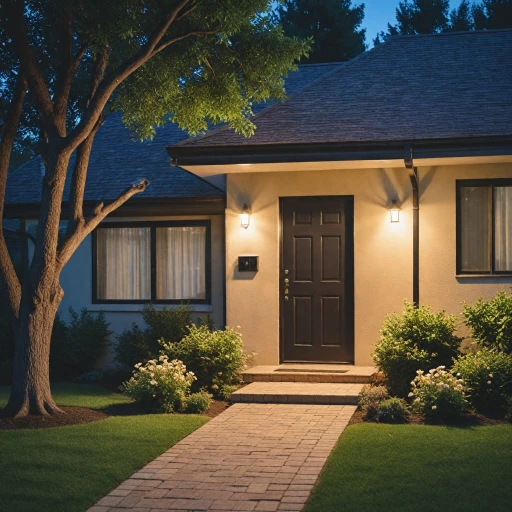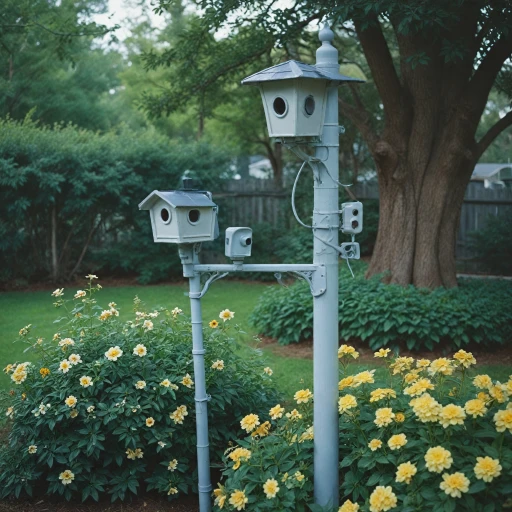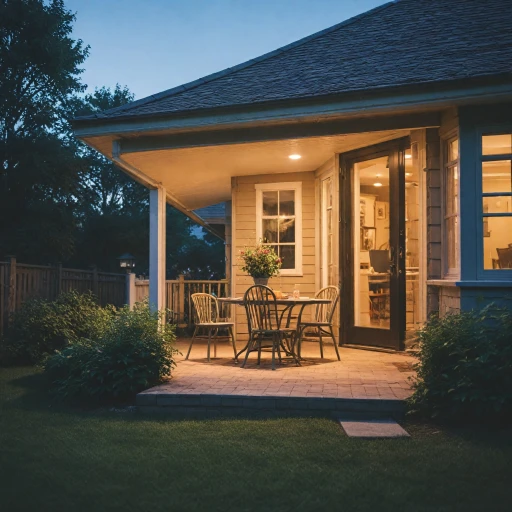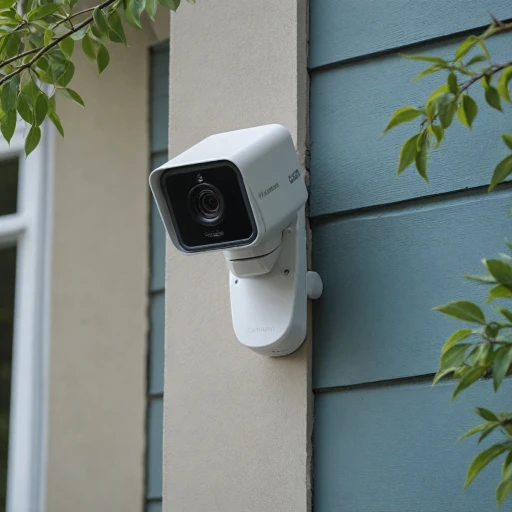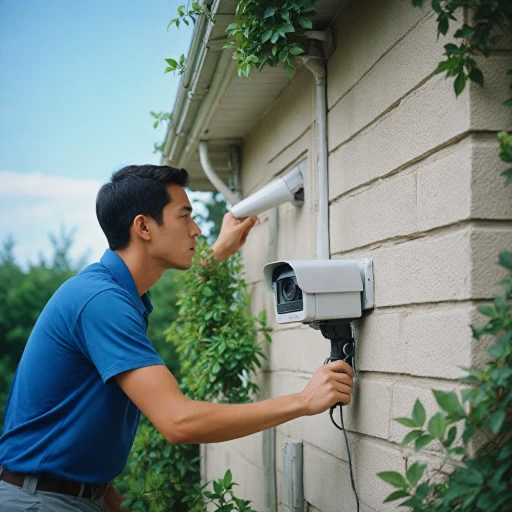
The Basics of BNC Connectors
Exploring the Functionality and Importance of BNC Connectors
BNC connectors are integral components in the realm of home security systems, facilitating robust video and audio transmissions. These connectors, named after their 'Bayonet Neill–Concelman' origins, act as the critical link between various elements in a security camera setup. Their role is paramount in ensuring that video feeds reach the intended display or recording devices without loss of quality.
Primarily used with coaxial cables, BNC connectors offer an efficient means to connect security cameras to home recording and monitoring systems. Coaxial cables, known for their shielded construction, encompass both video and audio signals, protecting them from external interference. The BNC connector itself can be classified into different types – male BNC typically attaches to cables, while female BNC is used on devices. Both types secure the signals through a reliable locking mechanism that resists vibrations and accidental disconnections.
When selecting BNC connectors for your security applications, it is essential to consider factors like the connectors’ compatibility with your existing equipment and their frequency handling capabilities, often expressed in gigahertz. For example, 75-ohm BNC connectors are typically used for video and audio applications due to their optimal performance in transmitting high-frequency signals. It is also crucial to ensure that the BNC connector is appropriate for the cable type being used, as improper pairing can lead to subpar performance or loss of signal quality.
For an in-depth understanding of how these connectors integrate with various cables, including potential pitfalls and installation tips, further exploration into the types of compatible cables is recommended. The topic of BNC cables and their integral role in home security could also provide deeper insights into maximizing your system's efficiency. More detailed information can be found in our comprehensive guide discussing BNC cables in home security cameras.
Why Cable to BNC Connectors Matter
The Significance of Choosing Suitable Connectors for Security Systems
The importance of using the correct cable to BNC connectors in your home security system cannot be overstated. In security camera systems, the BNC connector plays an integral role as the bridge connecting your cameras to monitors or DVRs. This ensures seamless transmission of both video and audio signals.
Understanding the nuances of these connectors helps in optimizing your home’s surveillance performance. BNCs, originally developed by Bell Labs, provide a means to handle high-frequency signals, often reaching GHz levels. They are available in male and female forms, allowing you to connect cables securely, ensuring reliable performance.
BNC connectors are particularly favored in surveillance applications due to their versatility and compatibility with various types of cables, such as coaxial cable and shield coaxial. The connector's ability to handle different ohm ratings makes it especially suited for diverse security needs, handling everything from audio to video transmissions efficiently.
Implementing the right cable to BNC connector setup means addressing potential issues like signal interference and degradation. Proper installation ensures a stable connection, maintaining the quality of the surveillance operation over long distances. For those interested in deepening their understanding of security camera wiring intricacies, take a look at this detailed guide on the importance of security camera wiring.
Moreover, various adapters and systems are designed to cater to different types of connections with male or female BNC connectors, making them adaptable to multiple configurations. Whether you're dealing with A/V setups or complex radio frequency applications, the right connectors bolster your security system's overall effectiveness.
Types of Cables Compatible with BNC Connectors
Exploring Cable Compatibility with BNC Connectors
When choosing cables for your home security systems, it’s crucial to understand the types of cables compatible with BNC connectors. BNC connectors are highly versatile and widely used in various video and audio applications due to their durability and reliability in transmitting signals. These connectors can handle different cable types, which play a pivotal role in ensuring clear and uninterrupted video and audio feeds.- Coaxial Cables: Coaxial cable, often referred to as coax, is the most common type utilized with BNC connectors. Its shielded design significantly reduces electromagnetic interference, important for maintaining the quality of video and audio transmissions. Commonly used in residential and commercial security systems, these cables typically come with different ohm ratings such as 50 ohm BNC or 75 ohm BNC depending on application needs.
- Adapters and Converters: Sometimes, you might need to use adapters to connect different cable types. For example, adapting a screw terminal output to a BNC connector might be necessary for specific applications. These adapters ensure seamless integration of various cable systems without compromising signal quality.
- RF Coaxial Cables: Radio frequency coaxial cables work well with BNC connectors, especially in applications where frequencies in GHz are involved. Their construction allows them to handle high frequencies with minimal loss, making them suitable for complex security camera systems.
Installation Tips for Cable to BNC Connectors
Tips for Installing BNC Connectors: Best Practices
Installing Cable to BNC connectors in your home security system may seem daunting, but understanding a few key steps can streamline the process and ensure a robust connection. Here are some practical tips and insights:
- Choose the Right Type of Connector: Make sure to match your BNC connector type (male or female) with your device's requirements. A male BNC connector includes a protruding pin that fits into a female connector, enabling the transfer of video and audio signals.
- Select a Compatible Cable: Opt for cables like RG59 or RG6, known for their reliability with video audio applications. These coaxial cables, characterized by their ohm ratings and shielding, work well with BNC systems, ensuring a stable connection while supporting the necessary radio frequency transmission.
- Preparing the Cable: Start by stripping the outer insulation of the coaxial cable. Be careful not to cut into the inner shield coaxial wire as this can affect video quality. Maintain the integrity of the shielding for improved signal protection.
- Attach the Connector: Slide the BNC connector onto the prepared coax cable. Some connectors use screw terminals, while others might require crimping tools. Ensure the male connector is secured tightly to avoid frequency fluctuations in your security systems.
- Test the Connection: Once the installation is complete, test the connectivity between the BNC connector and your security camera system. Check both video and audio signals to confirm they are being transmitted clearly without any interference or signal drop.
- Use Adapters Wisely: If your setup involves mixed systems (analog and digital), consider using BNC adapters. These can convert signals efficiently, facilitating compatibility between older and newer devices.
By following these installation tips, you can achieve a reliable connection, enhancing your home’s security infrastructure. Pairing the right cable with your BNC connectors ensures your security camera applications remain efficient and uninterrupted.

